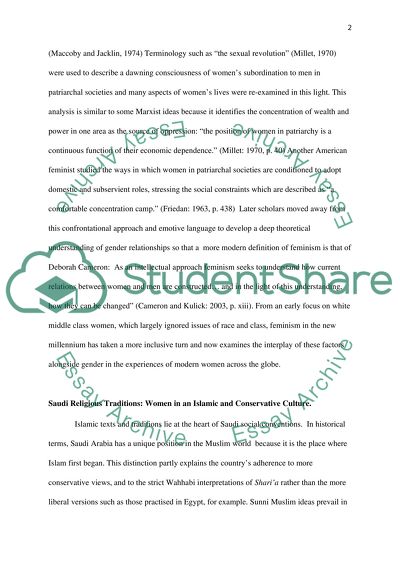Cite this document
(“Women and gender/SAUDI ARABIA LIT REVIEW Literature”, n.d.)
Retrieved de https://studentshare.org/gender-sexual-studies/1411558-women-and-gender-saudi-arabia-lit-review
Retrieved de https://studentshare.org/gender-sexual-studies/1411558-women-and-gender-saudi-arabia-lit-review
(Women and gender/SAUDI ARABIA LIT REVIEW Literature)
https://studentshare.org/gender-sexual-studies/1411558-women-and-gender-saudi-arabia-lit-review.
https://studentshare.org/gender-sexual-studies/1411558-women-and-gender-saudi-arabia-lit-review.
“Women and gender/SAUDI ARABIA LIT REVIEW Literature”, n.d. https://studentshare.org/gender-sexual-studies/1411558-women-and-gender-saudi-arabia-lit-review.


